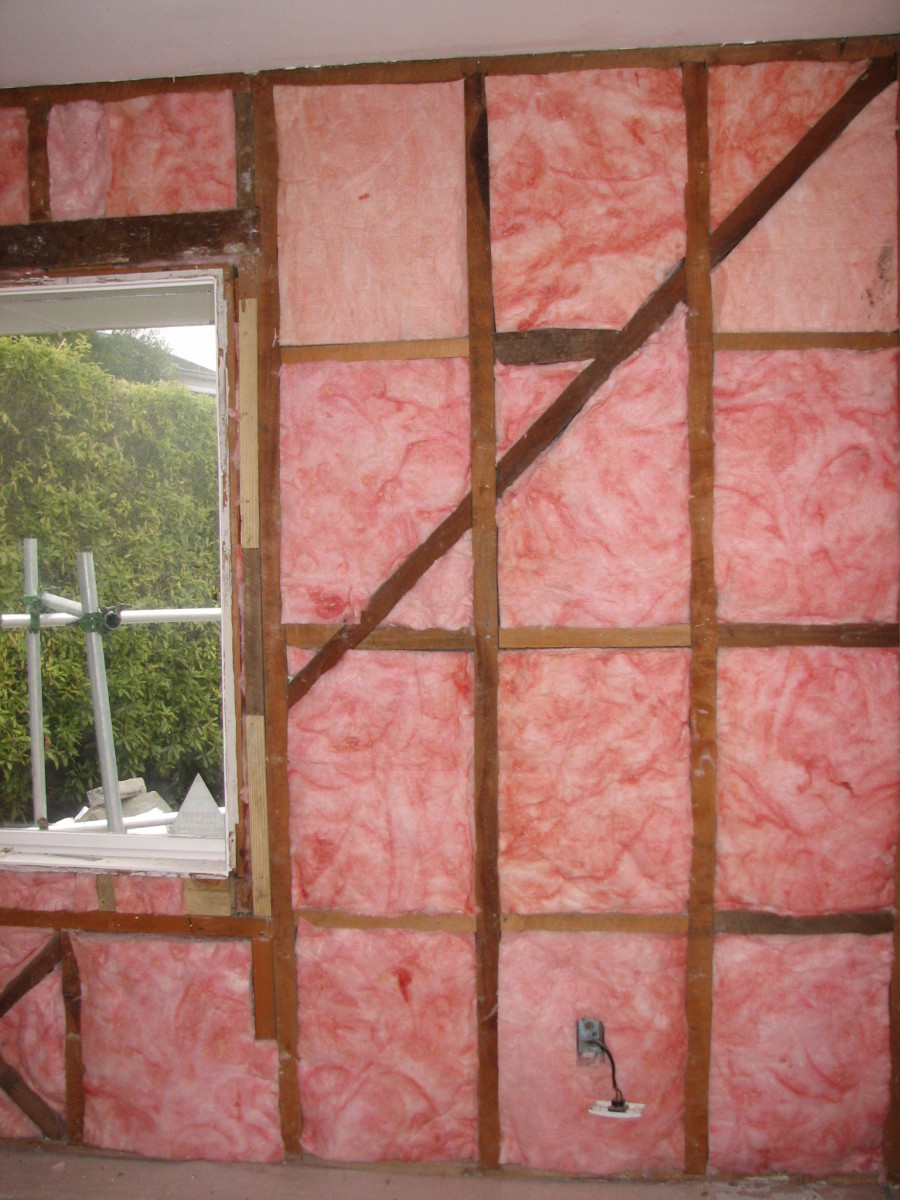Insulation installation
18 Aug 2015, Business Tips, Featured, Prove Your Know How

Everyone these days understands how important insulation is for the warmth and comfort of homes, and the health of families living in them. What’s less well known is that poorly installed insulation decreases effectiveness significantly
Gaps and uneven laying allow warm air to escape. The Building Research Association of New Zealand (BRANZ) found that R2.8 insulation with 16mm gaps would only perform as well as R1.4 insulation.
Even 4mm gaps reduced the R-value by 12-15%. Customers paying for quality insulation will not get the full benefit if it is not properly installed.
If insulation is badly laid throughout the house, it may not end up meeting the energy efficiency requirements of the Building Code, even if the correct R-value materials are used.
Typical problems
An audit undertaken for EECA (the Energy Efficiency and Conservation Authority) of insulation installed in newly built homes provides worrying reading. None of the installations, in their audit of 58 houses, met the requirements of New Zealand Standard NZS 4246:2006 Energy Efficiency – Installing Insulation in Residential Buildings.
This standard provides a best practice guideline to installing insulation in order to achieve good thermal performance and can be downloaded for free on the EECA website.
The audits found typical problems affecting thermal performance were:
- Folds.
- Tucks.
- Gaps.
- Compressions.
- Missing insulation.
- A lack of insulation to the middle of the top plate.
Other issues with installation included the lack of a 25mm gap to the underside of the roof underlay, which has the potential to transfer condensation and moisture to the insulation; as well as significant safety faults through insulating over, or around, recessed down lights and electrical equipment.
These photographs show typical installation problems from a range of houses. Using a high-quality insulation product with a high R-value is important – no matter which product you use, installation is the key to good performance.
Ensuring good installation
The Insulation Association of New Zealand has been formed to encourage better performance in the supply and installation of residential insulation throughout New Zealand. The Association has developed a programme offering industry-specific training in site safety and on the requirements of NZS 4246:2006.
To get the best-quality installation for your clients, consider using a graduate of their training programme. You can find the names of graduates on the IAONZ website (www.iaonz.co.nz)
Alternatively, if you prefer to install insulation yourself, consider undertaking the IAONZ training programme – you may be surprised how much you learn about this important aspect of the builder’s craft.
The better the installation, the better the return for your clients in lower power bills, and the warmer and cosier they will be in their new home. All part of the quality build process.
Tips for good insulation
- Only insulate when the moisture content of timber is less than 16%.
- Fit insulation closely to framing – there should be no gaps around the outer edges of the segments and framing, or between butted joins.
- Make sure there are no folds in the segments themselves.
- Make sure there is no tucking.
- Insulation material should not be compressed – it will not perform to its best.
- Insulation materials should be dry and undamaged.
- Leave a clear space of at least 25mm between the insulation and roof or roof underlay.
- Leave clearances around recessed downlights, unless they have an IC (insulated contact) rating.
- Leave clearances around auxiliary control equipment, metal chimneys and flues.
- For wall insulation, check out the Guide for Retrofitting Wall Insulation by EECA and MBIE – download from www.eeca.govt.nz/resource/guide-retrofitting-wall-insulation
About Beacon Pathway
Beacon Pathway is an Incorporated Society committed to transforming New Zealand’s homes and neighbourhoods through research and demonstration projects that show how to make homes more resource-efficient, healthier to live in, adaptable, resilient and affordable.
For further information about Beacon Pathway visit www.beaconpathway.co.nz.
Register to earn LBP Points Sign in









